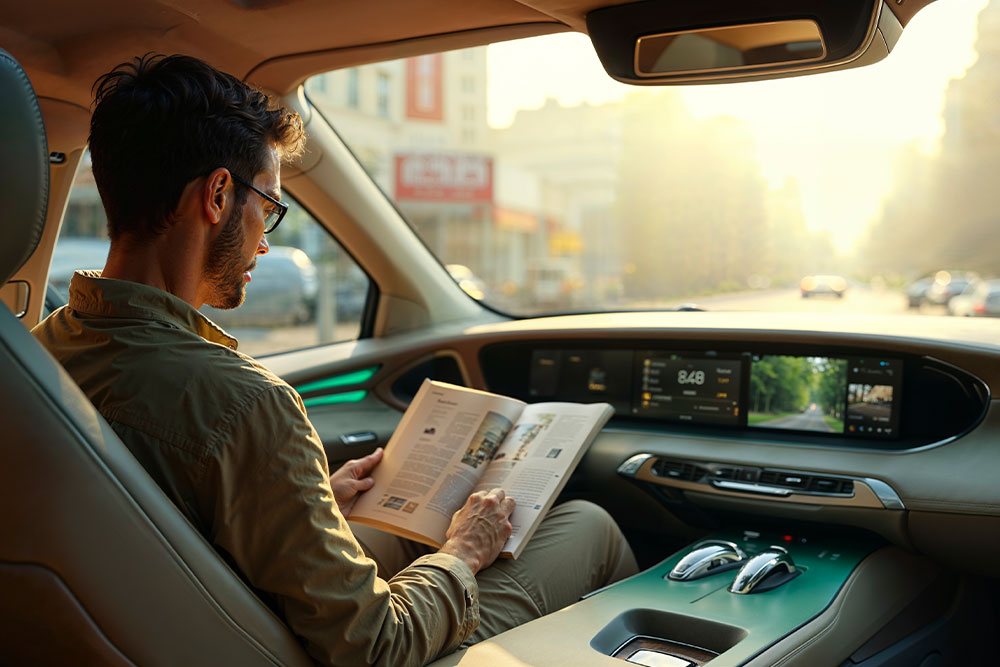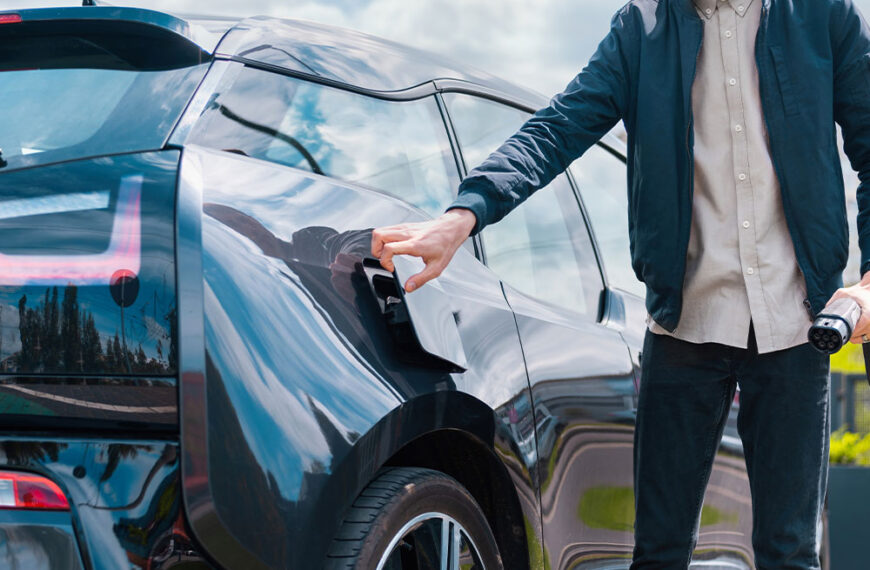Autonomous—or self-driving—vehicles rely on a layered suite of hardware and software:
- Sensors
- LiDAR (light detection and ranging) maps the environment in 3D.
- Radar detects objects and measures their speed, even in poor visibility.
- Cameras capture lane markings, traffic signs, and light signals.
- Ultrasonic sensors monitor close-range obstacles during maneuvers like parking.
- Compute & Control
- A central processing unit ingests sensor data in real time.
- Advanced algorithms—including deep neural networks—identify vehicles, pedestrians, cyclists, and road features.
- A control module translates perception into driving actions: steering, acceleration, braking.
- Mapping & Connectivity
- High-definition maps provide centimeter-level precision on road geometry and landmarks.
- V2X (vehicle-to-everything) communication can exchange status and intentions with other vehicles or infrastructure, enhancing safety.
Levels of Autonomy
The Society of Automotive Engineers (SAE) defines six levels, from 0 (no automation) to 5 (full automation):
- Level 0 – No Automation: Driver steers, accelerates, and brakes.
- Level 1 – Driver Assistance: Single automated function (e.g., cruise control or lane-keeping).
- Level 2 – Partial Automation: Simultaneous steering and speed control (e.g., adaptive cruise + lane centering), but driver must monitor constantly.
- Level 3 – Conditional Automation: Car handles all driving tasks under certain conditions, and will request driver intervention when needed.
- Level 4 – High Automation: Vehicle can drive itself end-to-end in defined environments (geofenced “robotaxi” zones), without expecting driver takeover.
- Level 5 – Full Automation: No human driver required; the car operates anywhere and in all conditions.
Today’s commercially available systems are largely Level 2, with pilot programs of Level 4 in limited urban corridors.
Benefits of Autonomous Vehicles
- Enhanced Safety
- Most accidents stem from human error—distraction, fatigue, or impairment. Self-driving systems never get tired or distracted.
- Improved Traffic Flow
- Coordinated platooning and smooth acceleration/deceleration reduce congestion and improve fuel (or energy) efficiency.
- Increased Accessibility
- Autonomous taxis could provide on-demand mobility for those unable to drive: elderly, visually impaired, or people with disabilities.
- Productivity & Convenience
- Commuters can reclaim “drive time” for work, reading, or rest once they no longer need to focus on the road.
Key Challenges and Considerations
- Technical Complexity: Edge-case scenarios—like construction zones, unusual weather, or erratic pedestrians—remain difficult for AI to handle flawlessly.
- Regulation & Liability: Laws governing when and where AVs can operate vary widely; establishing who is at fault in a collision (manufacturer vs. owner) still presents legal hurdles.
- Public Acceptance: Surveys show mixed comfort levels; trust in autonomous systems often depends on transparent reporting of safety data and real-world performance.
- Cybersecurity: Connected vehicles introduce new attack surfaces—safeguards must prevent unauthorized access to critical driving functions.
Current State of Deployment
- Consumer Level 2 Systems: Offered by many manufacturers under names like Tesla Autopilot, GM Super Cruise, and Mercedes-Benz Drive Pilot.
- Robotaxi Pilots: Waymo, Cruise, and Baidu Apollo operate limited-area, driver-monitored fleets in select cities.
- Commercial Freight Trials: Autonomous long-haul trucks are being tested on fixed routes in the U.S. and Europe, promising labor savings and round-the-clock operation.
Looking Ahead: The Road to Full Autonomy
- Advances in AI & Simulation: Virtual testing can expose systems to billions of miles’ worth of scenarios far faster than real-world driving alone.
- Standardized Safety Frameworks: Industry consortia are developing common protocols for validating AV performance and reporting metrics.
- Infrastructure Upgrades: Smart intersections, dedicated AV lanes, and improved road markings will accelerate safe roll-out.
- Shared Mobility Models: Many analysts predict fleets of autonomous vehicles—rather than individual ownership—will dominate in dense urban areas.
Getting Involved
- Experience Driver-Assist Features: Try partial automation in a new car model to understand both its convenience and its limitations.
- Follow Pilot Programs: Many cities offer free or low-cost rides in driver-monitored AV shuttles—sign up for local trials.
- Stay Informed on Legislation: Tracking regional regulations can reveal when true hands-off operation will become legal near you.
Autonomous driving remains a fast-evolving frontier. By grasping how the technology works, recognizing its benefits and constraints, and keeping an eye on real-world deployments, you’ll be ready to embrace—and critique—the next generation of self-driving vehicles.













